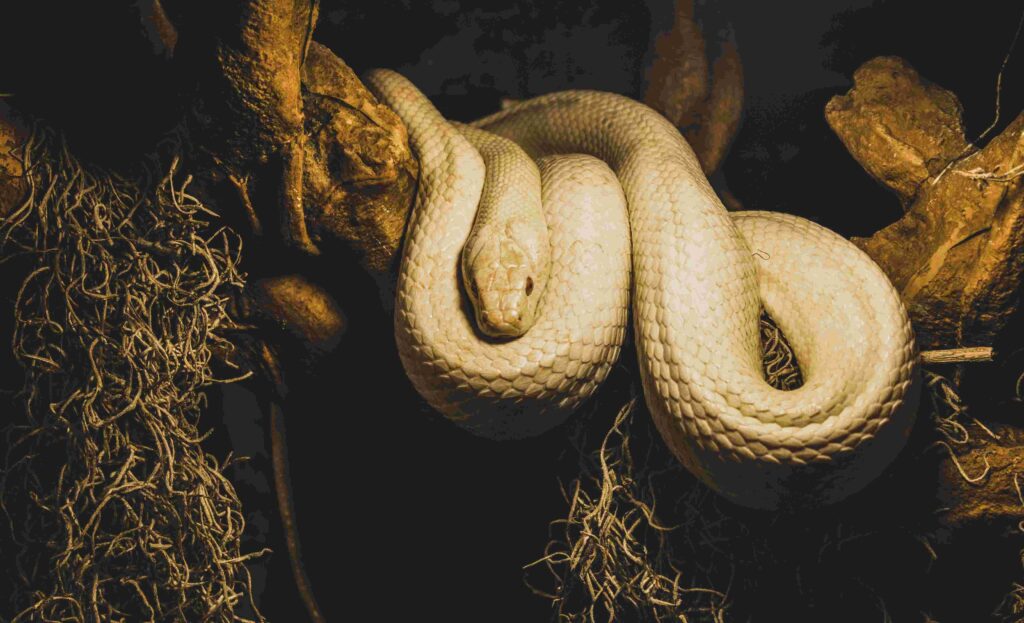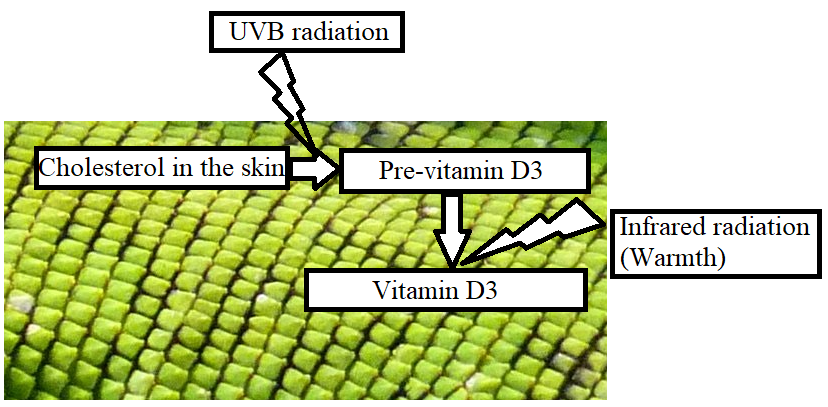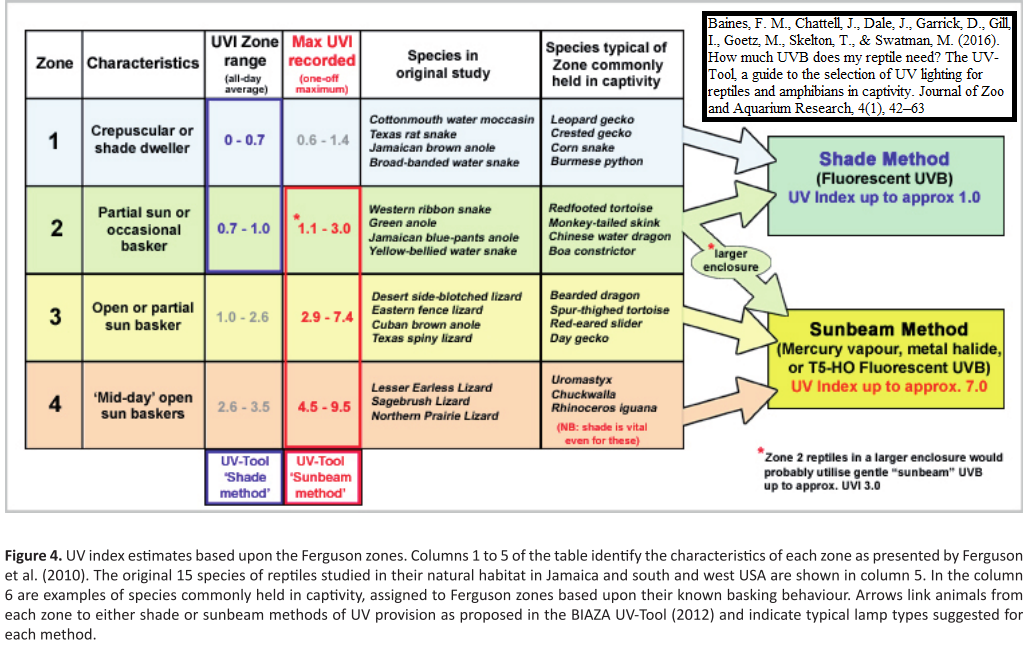How to set up your reptile terrarium
When we think of adding a reptile pet to our family, we always need to prepare where they will live. Reptiles are very demanding for environmental conditions compared to mammals or birds. So we need to think very carefully and prepare everything before acquiring the animal. Here is a list of the 4 things you need to have prepared for your reptile.
-Enclosure
-Lighting
-Temperature
-Humidity
Enclosure:
This is where our reptile is going to live, so it is very important. There are certain things that need to be addressed before you get your reptile in. First, you need to know what is the normal environment where the reptile species you are going to buy lives in. It is not the same as the set-up for an arboreal snake than that for a terrapin or a desert animal like a bearded dragon. So in general terms, for an arboreal or climber reptile, vertical is more significant than horizontal shape. For terrestrial reptiles, horizontal is more important. And for semiaquatic animals, like terrapins, a good water area is critical. The actual size of the enclosure will vary between species and how many reptiles we will have in it.
The material the enclosure is made of is important as well. Glass walls will make it easier to maintain temperature and humidity but will cause difficult ventilation, especially if it is a close tank. Depending on the species, you could leave the top open. This will improve ventilation, but it has been shown that top ventilation is not as efficient as horizontal ventilation. Another way is to have a netted enclosure, so air can go through. This has very good ventilation, but it will be very difficult to maintain temperature and humidity levels. An intermediate solution is to have three plastic walls and one glass door, and install one or two fans on the lateral areas, so you can increase ventilation when needed. The structure of the enclosures is always recommended being metallic or plastic, never wooden as it will rot with the humidity and is more difficult to disinfect.
The substrate is a very important point on the enclosure of a reptile. Sand is a typical choice for some desert reptiles. It is relatively easy to clean and cheap, but the main problem is that the reptiles tend to swallow it, and it is quite common to cause obstructions. Topsoil or organic soil is a common choice. It can help to maintain humidity, it allows the reptiles to express normal behaviours like digging and, if fully organic, should not cause any obstructions. The main issue is that it is difficult to clean and disinfect and can hide pathogens inside. Another option is to use a rubber mat. Cheap and easy to clean, but it does not allow to express normal behaviours. Same happens if we use newspapers. Wood chips are another option to use. It has the same issues as the topsoil. Saw dust or cat litter is not recommended at all. It creates a lot of dust and small particles in the air, and it will very easily cause respiratory disease in reptiles.
Furniture is another important aspect. This will vary depending on the normal behaviour of the species. There should always be places for the animal to hide, and in arboreal species there should always be places to climb and move around at the top. There should always be a shallow bowl of water for terrestrial species at the bottom, even if they rarely drink, they will use it to soak as well. Lizards and snakes should have a hide area with moss or something similar, hidden, to increase local humidity and help with shedding.
Aquatic animals should have plenty of water to swim in it. It is usually recommended that at least as long as twice the reptile and at least as deep as the animal’s width. But the bigger the better. Water should always be temperature controlled (will talk later) and should have a good filter (these animals eat, urinate and defecate in the water, so it gets dirty very quickly). They should be able to come out of the water and should have an area of land to bask and dry out of the water.

Lighting:
Light is very important for any animal. But in reptiles, it is especially important.
First, domestic reptiles usually live in close environments with low levels of natural light, which is important for circadian rhythms and for the daily metabolism of the animal. It has been shown that, especially ultraviolet A, is important for the reptile to develop natural behaviours and conducts, like shedding, reproduction, when to feed, etc.
Second, many species of reptiles rely on ultraviolet light to produce the important vitamin D as they can’t absorb it well from diet. Snakes and other carnivorous reptiles typically absorb vitamin D from food. But herbivorous and some insectivorous reptiles have shown less absorbance of vitamin D from the diet, thus they rely more on UV light for its formation on the skin (it does need temperature as well to form on the skin, but we will talk about that later). But, recent studies have shown that even snakes and other reptiles that traditionally have been said not to need UV light, have shown higher levels of vitamin D when exposed to UV light. The question now is if higher levels are important for the animal or not.
And third, reptiles can see a wider light spectrum, which is important for natural behaviours and for feeding, so they require special lights for this as well.

There are a lot of different lamps and lights. So it can be difficult to determine which one to use. The main factors to have in mind are the size of the tank and the amount of UV radiation that your animal will need. It is important as well to think that some lamps will produce heat as well. First, you can find which Ferguson zone your reptile belongs to. Ferguson zones is a system developed by Dr. Gary Ferguson that allows us to decide what level of UV radiation our reptile needs. One study has gone even further and gives us an idea of what kind of UV lamps we can use. So first, we need to check the table.

Once you know what kind of lamp we need to use, we need to find what distance should be between the lamp and the reptile. Every lamp will come with a table where it shows what UV index you can expect compared to distance from the lamp. We should try to locate the lamp at the ideal distance from an area where the reptile can go to “bask” in the lamp. That would be the same area for the temperature hot spot that we will talk about later.
In small terrariums, just that lamp could be enough. But in bigger enclosures, we should provide a wide spectrum light lamp to light the rest of the tank if needed. We should try to get the ones that simulate the sun spectrum.
As we already mentioned circadian rhythms, it is important to create cycles of day and night as well. For tropical species, we can provide 12-14h of daylight and does not need to vary between seasons. But for temperate zone reptiles, ideally we should change the duration of daylight as we change between summer and winter to give the animal the idea of season changes. There are different techniques to do that. But basically in summer you can use 14-16h daylight and in winter it would be 8-10h daylight.
In general terms, natural sunlight is better than any lamp that you could use. So, if you can, it is always a good idea to offer our reptiles the option to bask in natural sunlight. We should offer natural sunlight in an open enclosure or close with a net, never completely close as the greenhouse effect can raise the temperature dangerously. It should be direct light, no through glass or plastic, as this reduces in high percentage the UV radiation in it. Do not force the animal, offer the option with something to hide from it if they want.
Temperature:
Reptiles are ectothermic animals. That means that they can’t maintain their own temperature, so they rely on environmental temperature for this. As we mentioned before, temperature is important as well to activate the vitamin D produced on the reptile’s skin. Every reptile has their own preferred optimum temperature range (POT) where they achieve the best metabolic performance. This temperature can vary between day and night and between summer and winter in reptiles from temperate zones. So it is very important to know what temperatures are the best for your reptile. It is very important to always have at least two thermometers in our terrarium, one on the hot area and one on the cold area. It is a very good idea to set up all the heating sources with a thermostat to avoid getting too hot.
There are two kinds of temperatures that we need to keep in our terrarium: background temperature and basking temperature.
Background temperature is the general temperature of the enclosure. It should have a gradient from the highest point (top of POT) close to the basking area, and as we get far from it should get colder until the minimum temperature our reptile tolerates. If you have a small enclosure, maybe the basking lamp can be enough to provide this gradient. If your tank is too big, sometimes it needs extra heat. This could be provided with extra heat lamps, just be sure it does not get too hot. For the night, we should use heat lamps that do not produce any light, like ceramic lamps, to maintain a general temperature in the tank, again attached to the thermostat to be sure the ideal temperature is maintained.
The basking temperature is usually reduced to the basking spot, an area of high temperature and UV radiation to try and mimic a sun beam. This temperature is typically higher than the POT, and again is variable between species. You should find the ideal basking temperature for your reptile. This is not strictly necessary in all species, as some of them do not bask in the sun normally. For example, snakes do not often bask in the sun, and they tend to prefer to increase their temperature from the ground, but tortoises and some desert animals love to bask in the sun.
Some ground temperature supplementation (like heat mats) can be added to some species, like snakes, but we should be very careful with these sources as they can get very hot, so always be sure to check its temperature.
There is a special mention to aquatic reptiles, like terrapins. They also need a specific water temperature, on top of the background and basking temperatures. So a water heater should be placed with a thermostat to be sure that the temperature is always correct for the species that we have.
Humidity:
Reptiles do not drink too much, so environmental humidity is very important to reduce the risk of dehydration, and it will help with other metabolic actions of the reptile like shedding. Every reptile has its own ideal humidity levels in the enclosure. Some reptiles even like to have a gradient of humidity between the same tank. Some like very high levels, some others quite low. We should always monitor what levels we have and do not assume that because there is water in the tank the levels are correct. A hygrometer is the best way to assess that, and you should always have one on your tank.
How can we maintain good humidity levels? For animals that require low levels of humidity, sometimes it is enough to have one or more (depending on the size of the terrarium) shallow bowls with water inside the tank and let the water evaporate. This can be used as a water source for baths and to drink as well. Be sure to clean them regularly if the reptile baths or defecates in it.
If this is not enough, another thing that is useful is spraying or misting the tank. Spray is a cheaper way, basically spray water in the tank several times a day to elevate the humidity levels. There are two problems with this technique. First, it requires you or someone to be able to spray the water throughout the day. Second, it has been shown that this spray technique only elevates the humidity for a short period of time, usually a few minutes, but after that the humidity will be lower again. Misting is a similar strategy, but it implies a mechanical spraying system that activates regularly through the day and sprays a fine mist from the top of the terrarium. This is much better as you can set up a frequency that will allow you to maintain the humidity levels correctly, but it is more expensive. It is very useful for animals that like high humidity levels like some chameleons or other tropical animals.
An important factor in the humidity of the tank is the substrate that we use. Dry substrates like sand will lower the humidity quickly, and more organic substrates like topsoil or moss will help retain more humidity. So we should adapt the substrate as well depending on the humidity levels we need.
Humidity depends as well on the level of ventilation we use. In open enclosures it is more difficult to maintain high humidity levels as the moisture will go away with the air. But, as we discussed before, good ventilation is key to reduce dust and some pathogens in the air, so we need to find a balance.
References:
- Baines, F., Chattell, J., Dale, J., Garrick, D., Gill, I., Goetz, M., Skelton, T. and Swatman, M., 2016. How much UV-B does my reptile need? The UV-Tool, a guide to the selection of UV lighting for reptiles and amphibians in captivity. Journal of zoo and aquarium research, 4(1), pp.42-63.
- Divers, S. and Stahl, S., 2019. Mader’s reptile and amphibian medicine and surgery. 3rd ed.